The Garden’s 2021 Harvest Festival includes a short self-guided trail on the origins and future of the apple linked to work on the Darwin Tree of Life project. As the trail will only be available on Sunday 19 September I thought the content would also make a good blog post. So, if you missed the trail, or just want to know more about apples, read on…
Apple Origins: a story told in DNA
It is easy to imagine the apple trees in the Garden have always been here and that the apple is a native Scottish tree. But in fact the domestic apple is a product of travel and trade, of accidents in hedges and painstaking hard graft. The ten-thousand-year story of the apple is told in its DNA, and researchers here in the Garden are using the latest technology to uncover its secrets.
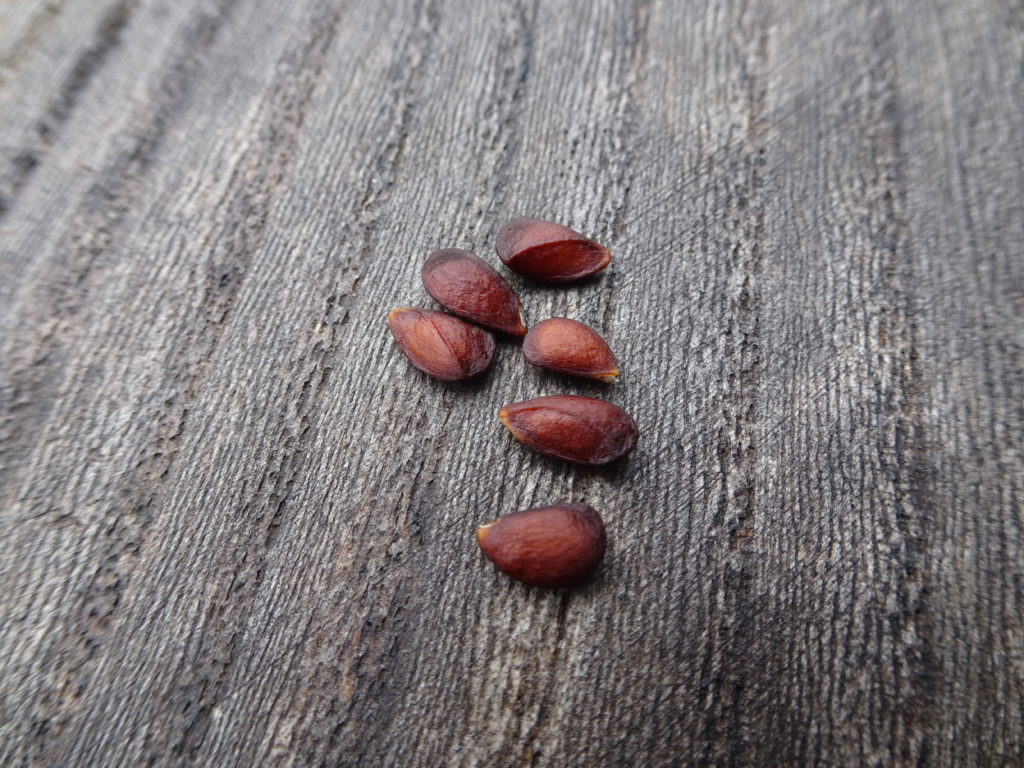
Scotland’s Apple
Apples first colonised Scotland thousands of years ago, after the last Ice Age. These wild apples, known as crab apples, are still found in Scotland today and are much smaller and generally sourer than the apples we are familiar with. Nevertheless, Scotland’s miniature apple, also found throughout Europe, is at the core of the apple’s origin story.
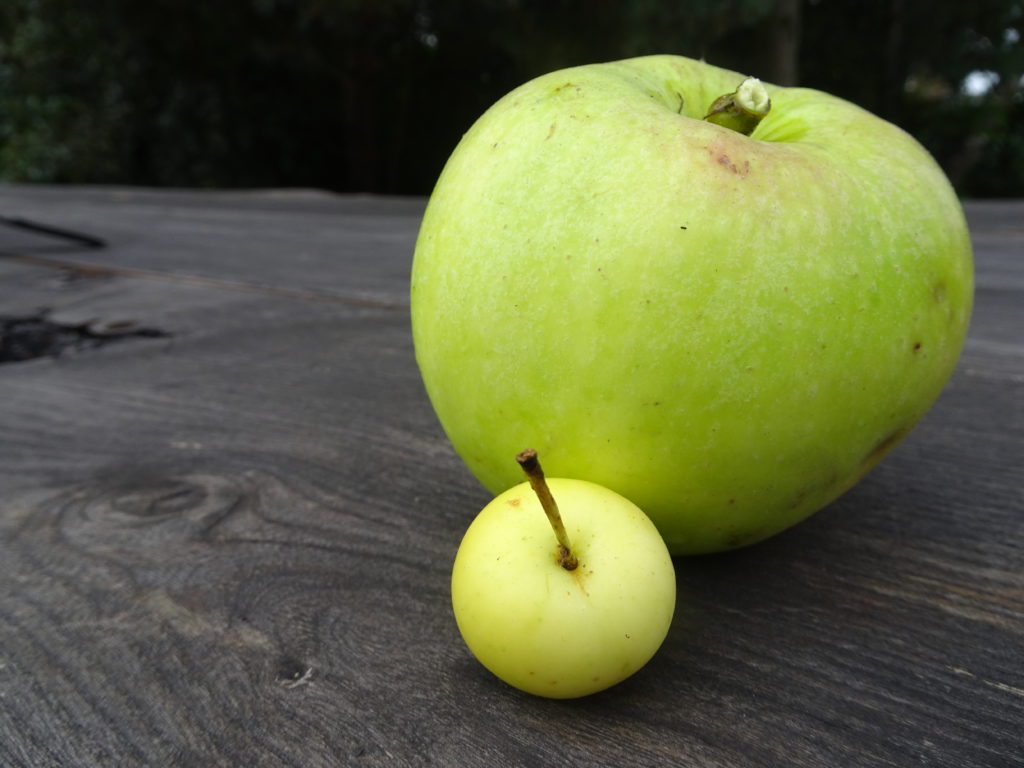
The Apples of Heavenly Mountain
Scientists studying apple DNA have traced the origin of our domestic apple to Asia. In the forests of the Heavenly Mountain (Tian Shan) the Central Asian wild apple can look much like our familiar fruit. Thousands of years ago people and animals on Heavenly Mountain picked the largest, sweetest fruit and this was the first step on the road to domestication.
Along the Silk Road
People and animals spread apples as they travelled. An ancient trading route called the Silk Road passed from China to Turkey through the Tian Shan mountains. People travelling this route picked up apples to eat along their journey, bringing the Central Asian apple West. Discarded seeds from these Silk Road apples grew into trees, and these crossed naturally with wild apple species in Siberia, the Caucasus and Europe (remember Scotland’s native apple?) enabling apples to adapt and adding genetic variability.

An Explosion of Names
A eureka moment in the apple’s domestication was how to deal with the unpredictable characteristics of trees grown from pips. The solution was cloning trees with tasty fruit by a process called grafting: something that was mastered by Roman times and led to the naming of cultivated varieties (cultivars). More than 7000 apple varieties are known worldwide!
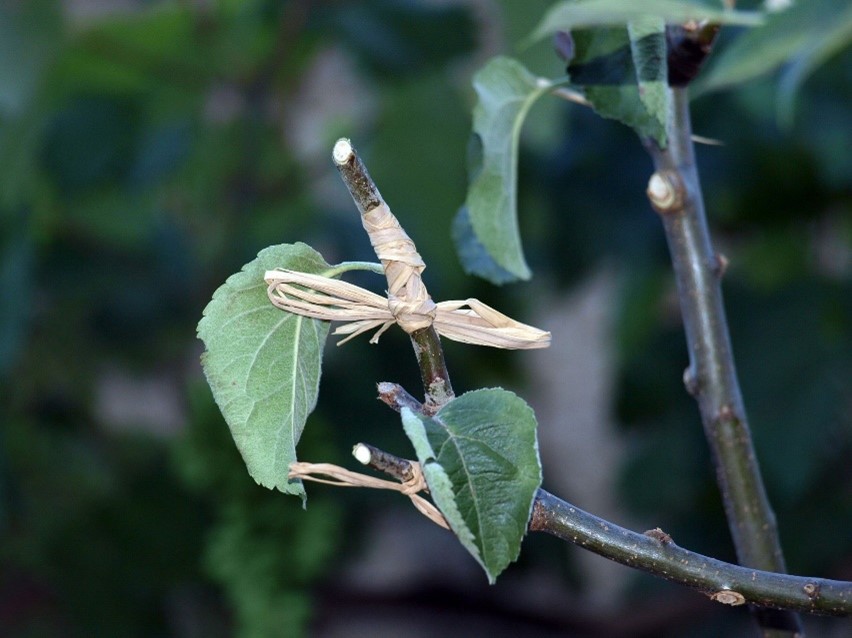
Keeping it in the family tree
Apples are in the rose family, which includes many familiar fruits. Apples and some other close relatives have what is called a pome fruit. Pomes have one or more seeds surrounded by a fleshy covering that attracts animals to eat the fruit and disperse the seeds. Until the last few decades the only way to understand the relationships between these different fruits was by direct observation, but scientists can now use DNA to improve their family trees.
Cracking the Code
The entire genetic “blueprint” of an apple, known as its genome, was first published in 2010. By analysing and comparing genomes from different apples, scientists can improve our understanding of the genes responsible for qualities like flavour and disease resistance. We can use this knowledge to have greater control over apple breeding and farming techniques. In December 2022 the Darwin Tree of Life project published the entire genome of the native European crab apple. The genome was sequenced from a wild Scottish tree growing in Glen Falloch.
The Wonder of Apples
The Darwin Tree of Life genome sequencing also includes around 50 cultivated varieties of domestic apple. The study will examine the relatedness and origins of apples. Useful genes may be found in wild apples and among the thousands of cultivated varieties. Twenty-five cultivars from the Garden’s apple collection have been successfully sequenced as part of this work.
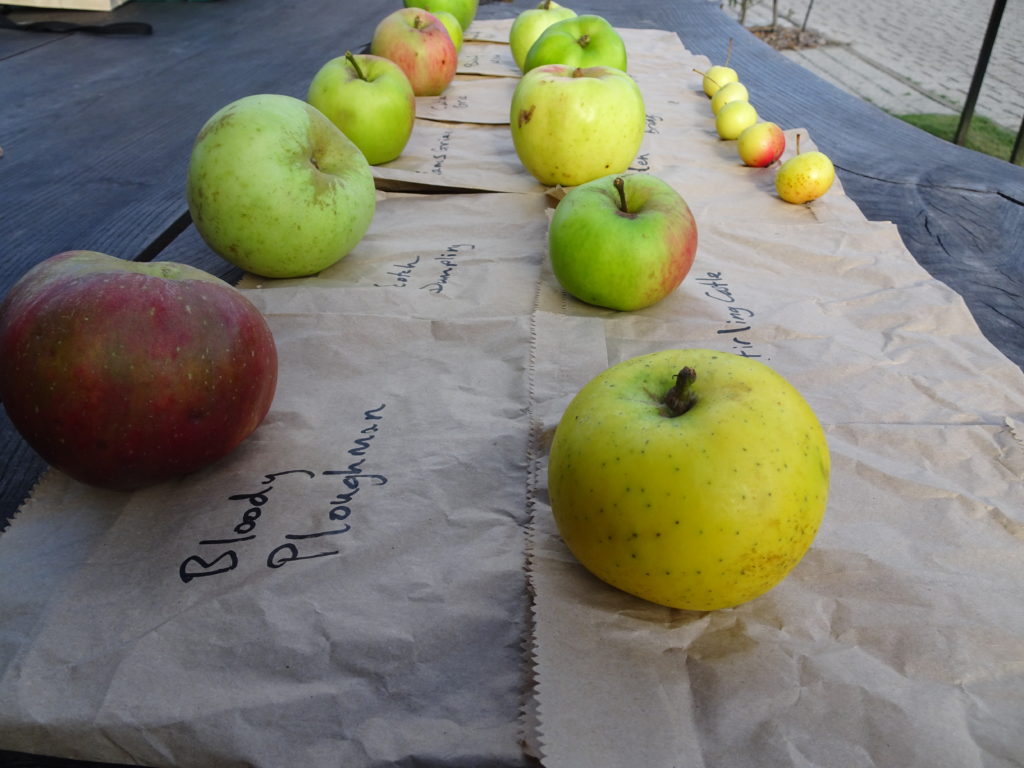
A Whole Lot of Lab
To sequence the DNA of our apple varieties, leaves from the Garden’s apples were collected and sent to the Wellcome Sanger Institute in Cambridgeshire. Sugars and proteins, as well as other chemicals in the leaves, were removed and the long strands of DNA were carefully extracted. High powered machines are then used to read the millions of letters of the apples DNA.
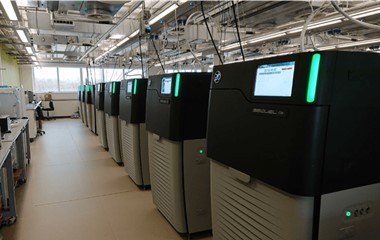
Apples of tomorrow
The DNA extraction and genome sequencing of the Garden’s apples will allow us to investigate genetic diversity. Where exactly in the genome do we see differences? How does this impact the physical tree and fruit? By unpicking the secrets of our apple’s history, as recorded in its DNA, we can understand and protect the incredible diversity of these fruits for generations to come.
